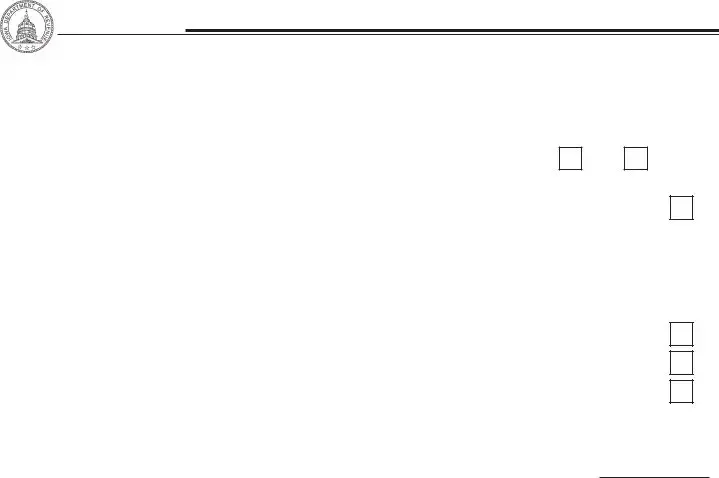The Iowa W-4P form is a withholding certificate specifically designed for individuals receiving pension or annuity payments in Iowa. It allows recipients to specify how much state income tax should be withheld from their payments. This form is essential for ensuring that the correct amount of tax is deducted based on individual circumstances.
Individuals who receive pension or annuity payments and are Iowa residents should complete the Iowa W-4P form. This includes retirees from various sources such as private pensions, IRAs, and self-employed retirement benefits. It is particularly important for those who want to adjust their withholding based on their tax situation.
What are the eligibility requirements for exemptions?
To qualify for a partial exemption on the Iowa W-4P form, you must meet one of the following criteria:
-
Be 55 years of age or older.
-
Be disabled and receiving retirement income due to a documented disability.
-
Be a surviving spouse or survivor of someone who would have qualified for the exemption.
Note that Social Security benefits do not qualify for this exemption.
What withholding choices do I have?
As an Iowa resident, you can choose how much tax to withhold from your pension or annuity payments. Your options include:
-
No exemption, meaning tax will be withheld on the entire taxable amount.
-
Exempting $6,000 from your taxable benefits each year.
-
Exempting $12,000 if you are married and filing jointly, provided your spouse meets eligibility requirements.
If you do not select an option, a $6,000 exemption will be applied automatically.
How does the low income exemption work?
The low income exemption is available for certain taxpayers. For those aged 65 or older, you qualify if:
-
You are single with an income of $24,000 or less.
-
Your combined income is $32,000 or less if your filing status is not single.
For taxpayers under 65, the criteria include:
-
Net income less than $5,000 and claimed as a dependent.
-
Single with a net income of $9,000 or less and not claimed as a dependent.
-
Combined net income of $13,500 or less if your filing status is not single.
Remember, only one spouse needs to be 65 or older to qualify for the exemption.
What happens if I choose to claim no exemption?
If you check the box to claim no exemption on the Iowa W-4P form, Iowa income tax will be withheld from the entire amount of your taxable benefits. This option is suitable for individuals who prefer to have a higher amount withheld to avoid potential tax liabilities at the end of the year.
What are the withholding rates?
Payers can choose between a flat withholding rate of 5% or use the published withholding formulas or tables provided by the Iowa Department of Revenue. This flexibility allows you to select the method that best fits your financial situation.
Once you have filled out the Iowa W-4P form, return it to the individual or office responsible for handling your pension or retirement payments. If you are a federal employee, send it to the Office of Personnel Management (OPM). This ensures that your withholding preferences are properly recorded and applied to your payments.

